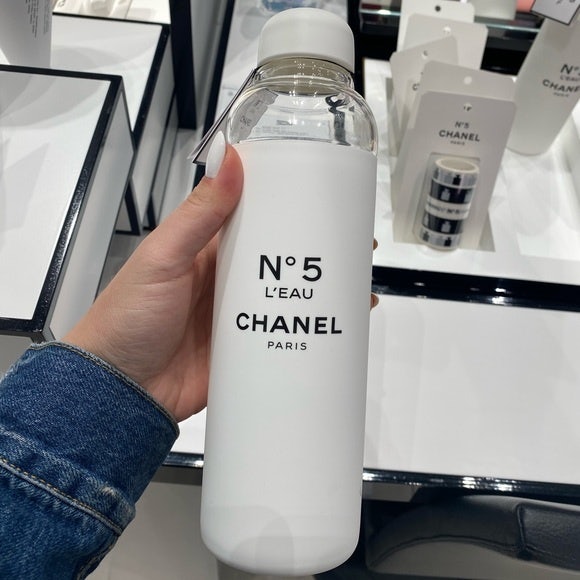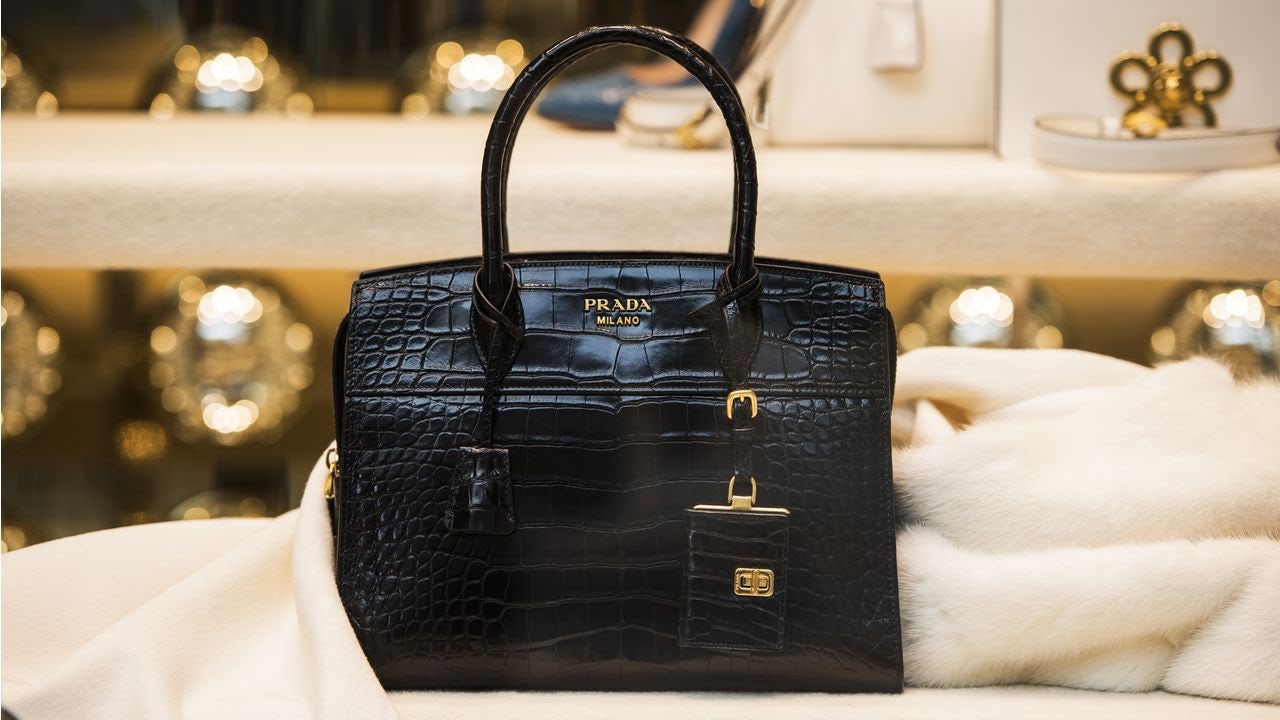Key Takeaways:#
In the US, a bottle of water typically costs between 2 and 2.50. Cheaper waters cost 1 to 2, while more expensive ones cost around 3 per bottle. But luxury breaks through these reference points.
All products have functional and emotional components. Yet, luxury is very different because it has a third value component independent of these values, called Added Luxury Value.
Research has clearly shown that ALV is not only a critical, intangible value component for a luxury brand, but it is also — by far — the most significant one, often factoring 10, 100, 1,000, or even 100,000 times greater than tangible value components.
Water is a product that is hard to imagine as a luxury. Yes, different water brands may taste slightly different depending on their source, minerals, filtering processes, and so on. But in the end, we buy H20, whether this is brand A, B, or C. Water is also a ubiquitous category. Nearly everyone drinks it, buys it, and uses it.
Consequently, for most waters, there is something marketing theory calls the reference price. Because of this category's familiarity, we have a very clear understanding of price points. Personally, I love Perrier. So in many of my presentations, I use Perrier as an example of a reference price point.
In the US, a bottle typically costs between 2 and 2.50. Cheaper waters cost 1 to 2, while more expensive ones cost around 3 per bottle. I would probably buy it for 2.75 but probably not for 4. The reason? The reference price, which gives us a clear pricing structure. These references guide us through both normal and premium products and their functional and emotional value components.
Functional components are the size and material of the bottle, the opening size, and the bottle cap, to name a few. Emotional components include the logo, bottle color and shape, and aspects of the taste profile. A combination of rational and emotional components translates into the reference price range between 1 and 3 and limits the ability of normal to premium brands to price significantly outside that range. As I said with the Perrier example, although I love the brand, I probably would not pay more than 2.75 for it. Hence, most brands have a limited price elasticity of a few percentage points.
That rule is the same for nearly all products ranging from normal to premium across categories — whether they are cars and beverages to handbags, fishing equipment, airline tickets, and beauty care products. The more familiar something is (in other words, the less differentiated it is), the closer that brand should gravitate around the reference price.
But luxury is very different because there is a third value component independent of both functional and emotional values. We call it Added Luxury Value. It is one of the most challenging and counterintuitive concepts in luxury. The reason? Humans want to believe value is in something tangible. If I can see it or touch a thing's value, that should determine its worth. However, Added Luxury Value (ALV) is different.
It is intangible and, to a large extent, independent of a product’s function. This concept is an extremely difficult one to accept. I have had numerous conversations with top executives in the car, watch, and jewelry industry who have highly “engineered products.” And for someone who spends weeks optimizing an engine, it is counterintuitive that there may be more value in an intangible brand story than their core product elements, such as the engine of a hypercar.
However, research by me and others has clearly shown that ALV is not only a critical, intangible value component for a luxury brand, it is also — by far — the most significant one. How significant? In many cases, it factors 10, 100, 1,000, or even 100,000 times higher than tangible value components.
Now let’s return to bottled water. Chanel recently launched the No.5 factory collection, a series of products inspired by its famous No.5 fragrance, perhaps the most iconic perfume of all time. Part of the collection is a water bottle, dubbed Chanel No.5 L’Eau. Its price is not 4 or even 5, as the reference price theory would suggest, based on functional and emotional value components. It is 75. The premium is 30 times greater than Perrier's price, or 100 times that of a store brand water bottle.
Yet, the water bottle became the collection's sales superstar, getting featured in Elle Magazine and many other publications and becoming an instant hit, thanks to TikTok and YouTube influencers. But the bottle immediately sold out and is now hitting resale platforms for 300-400, which suggests that its real value is more like 100-200 times greater than Perrier. Both are glass bottles, but Perrier holds 700ml, while the Chanel bottle only allows you to carry 6.8 ounces (roughly 200ml) of water. If we factor this in, the true price should actually be 400-500 times the price of Perrier.

What is fascinating is that, without ALV, we cannot explain the enormous value of Chanel's bottle. We cannot explain the hype or why social media is crazy about it. Why do people pay these premiums? Why do they keep them as collector’s items? ALV explains why.
ALV is driven by a brand's story. The bottle, a one-off limited edition, carries all the Chanel brand story elements plus the specific value of its limited-time nature. Additionally, it is attached to an extraordinary event: Chanel’s 100th birthday. My research has shown that ALV comes from the effects that a luxury item bestows onto its buyers. It makes them feel better, be seen as more attractive or intelligent (we can show this change in our research), and have a more interesting life. In other words, we don’t pay 75 for the function or the design of the bottle. We pay for the brand story, which provides significant ALV.
Elle, in an article about the factory collection, states: “Move over Pat McGrath x Supreme, step aside Gucci glitter lipsticks, back up Augustinus Bader The Rich Cream, because there's a new cult beauty drop in town and it's all about Chanel…. Chanel’s limited edition Factory 5 products are the ultimate collector's items. You can even get your hands on a Chanel water bottle amusingly monogrammed with No.5 L'eau (get it?)” Voguegoes on to quote Thomas du Pré de Saint Maur, Chanel’s head of global creative resources for fragrance and beauty, who headed the development of the capsule collection. “There can be as much value in products that we use regularly as in products that we use for very special occasions,” he said.
So what is the takeaway? Next time you think about a luxury brand’s pricing, challenge your thinking. Are you aware of the ALV your brand creates? have you ever measured it? Do you price for it? If you don’t, you may miss out dramatically on pricing opportunities, as No.5 L’eau suggests.
Daniel Langer is CEO of the luxury, lifestyle and consumer brand strategy firm Équité, and the professor of luxury strategy and extreme value creation at Pepperdine University in Malibu, California. He consults some of the leading luxury brands in the world, is the author of several luxury management books, a global keynote speaker, and holds luxury masterclasses in Europe, the USA, and Asia. Follow @drlanger


